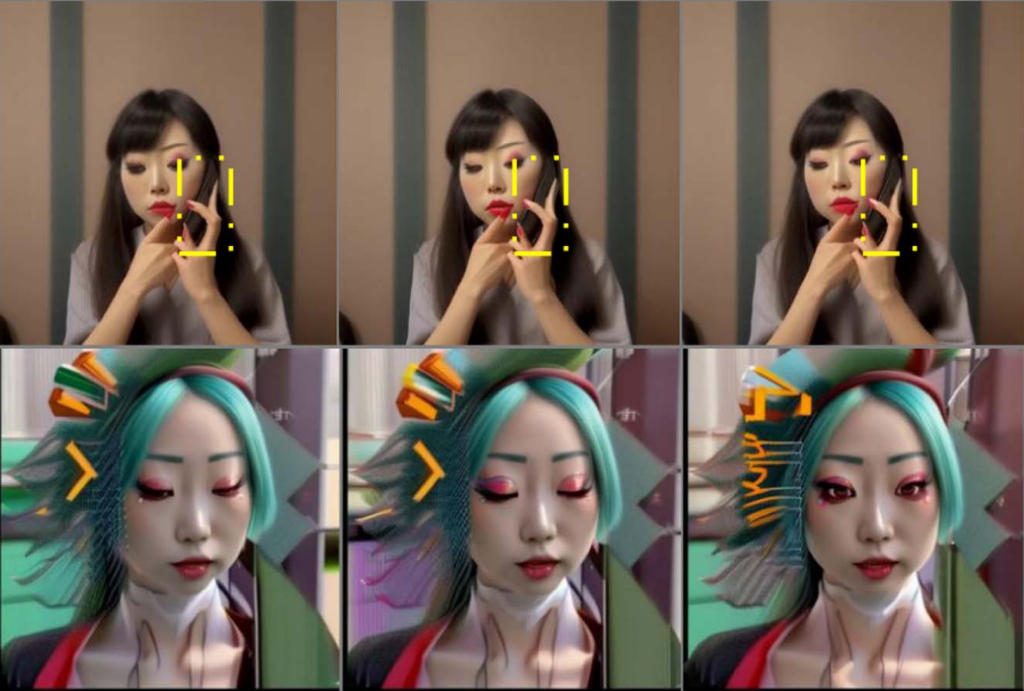Computer scientists have pushed text-to-video technology forward with a system that can finally capture one of nature’s most challenging displays: change over time. Watching a flower bloom or bread rise may seem simple, but creating realistic videos of these events has been a stubborn obstacle for artificial intelligence. That is now shifting thanks to a new model called MagicTime.
A new path for video generation
Text-to-video systems have advanced rapidly, yet they have fallen short in capturing real-world physics. When asked to produce transformations, these systems often fail to show convincing motion or variety. Instead, they generate videos that look stiff and lack the natural flow you would expect from time-lapse footage.
“Artificial intelligence has been developed to try to understand the real world and to simulate the activities and events that take place,” says Jinfa Huang, a doctoral student at Rochester supervised by Professor Jiebo Luo. “MagicTime is a step toward AI that can better simulate the physical, chemical, biological, or social properties of the world around us.”
Learning from time-lapse video
To teach the system how the real world unfolds, the researchers built a dataset called ChronoMagic. It contains more than 2,000 time-lapse clips paired with detailed captions. These videos capture growth, decay, and construction in motion, giving the system examples of how things actually change over time.
MagicTime uses a layered design to handle this information. First, a two-step adaptive process allows the system to encode patterns of change and adjust pre-trained text-to-video models. Next, a dynamic frame extraction strategy lets the model focus on moments of greatest variation, essential for learning processes that happen slowly but dramatically.
A special text encoder adds further precision. By better interpreting written prompts, the system can link descriptive words to the right kind of visual transformation. Together, these pieces allow MagicTime to generate more convincing sequences.
Early capabilities and potential uses
The current open-source version of the system produces short clips just two seconds long at 512-by-512 pixels and eight frames per second. An upgraded architecture stretches this to ten seconds. While the clips are brief, they can capture events such as a tree sprouting, a flower unfurling, or a loaf of bread swelling in an oven.
The results are striking when compared to earlier models, which often showed only slight shifts or repetitive motions. By contrast, MagicTime produces richer transformations that look closer to what you would expect in real life.
For now, the technology is playful as well as practical. Public demonstrations let you enter a prompt and watch the system bring it to life. Yet the researchers see it as more than just a novelty. They view it as an early step toward scientific tools that could make research faster.
“Our hope is that someday, for example, biologists could use generative video to speed up preliminary exploration of ideas,” Huang explains. “While physical experiments remain indispensable for final verification, accurate simulations can shorten iteration cycles and reduce the number of live trials needed.”
Beyond biology
Although the model shines at biological processes like growth or metamorphosis, its uses could extend further. Construction is one clear example. A building rising from its foundation or a bridge being assembled could be simulated step by step. Food science also offers rich ground, with processes such as dough rising, cheese aging, or chocolate setting.
The underlying idea is that if AI can understand how matter changes, it can represent more of the physical world. This opens a path toward models that do not just mimic appearance but capture dynamics. By simulating real transformations, researchers could predict outcomes, explore possibilities, or communicate complex ideas through visual media.
The scientific promise
While the videos are still short and lack the full realism of actual footage, their promise lies in what they signal for the future. As computing power grows and datasets expand, systems like MagicTime could evolve into powerful simulators. Imagine scientists testing how coral reefs might grow under different climate scenarios, or architects previewing how buildings will weather over decades.
The field of text-to-video is racing forward, and adding real-world physics into these systems may become the next milestone.
MagicTime’s success shows that by grounding AI in natural processes, it can move beyond static imagery and begin to capture the pulse of change itself.
Related Stories

